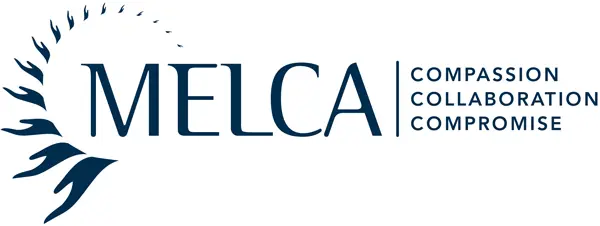You might assume that gathering your financial information would simply involve collecting any statements in your and your spouse’s names. The reality can be a little more complex. There are many ways to hold assets and liabilities – one is in your own name and other ownership structures include partnerships, companies and trusts.
It’s important to be aware of the different ways in which assets can be held. If you aren’t aware of these different ownership structures, it can come as a surprise that your family’s assets are not held in joint names. It is not unusual for family assets to be held in these structures for tax reasons and to protect them from claims from outsiders. Generally, these structures are not being used to hide the assets, as is often thought.
The important thing to keep in mind is that family assets held in these structures are usually still a part of the asset pool, but legal advice about what is to be included in the family asset pool should be considered.
In addition to seeking legal advice, it’s also beneficial to consult with financial advisor who can offer insights into the implications of various ownership structures on your financial planning and tax obligations. They can help you navigate through the complexities and make informed decisions that align with your long-term financial goals.
Being proactive about understanding and managing your family’s financials can prevent future misunderstandings and conflicts. While the process of gathering and understanding financial information may seem daunting, taking the time to educate yourself and seek professional advice can provide clarity and peace of mind.
This excerpt is from ‘Breaking Up Without Breaking Down’ – Dr Tina Sinclair, Tricia Peters
Marguerite Picard which can be purchased via Amazon – https://www.amazon.com.au/Breaking-Up-Without-Down-Preserving/dp/0992317665
Please contact MELCA – https://melca.com.au/ for more information and to book a free 15-minute information session.


